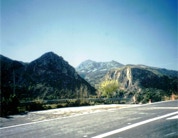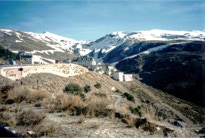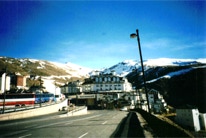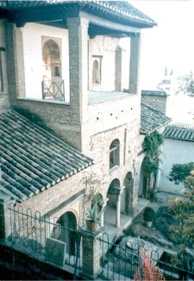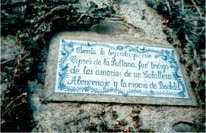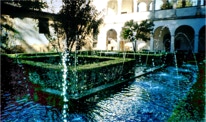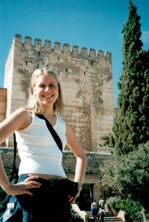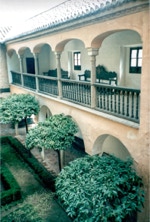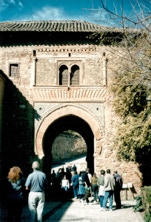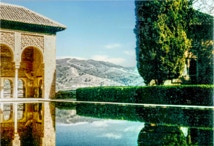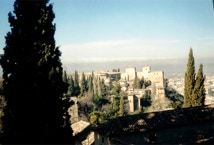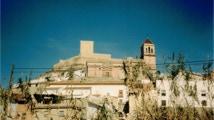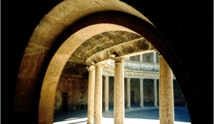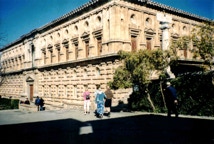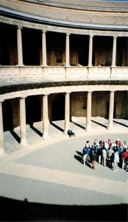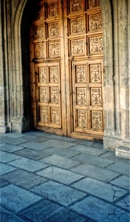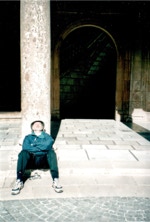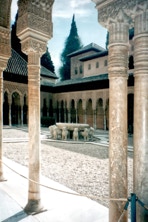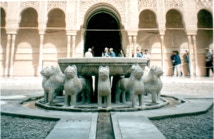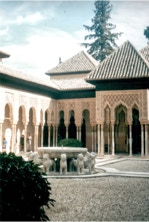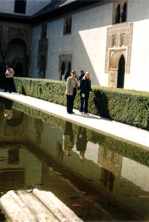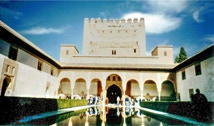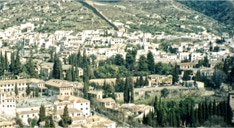The Alhambra
The Nasrrid Palace
The Alhambra was built in the 14th century. These Nasrid Palaces are the jewel of the Alhambra.
Visiting the Comares Palace, this Moorish royal palace complex where you will discover some fine examples of Mudejar style architecture (hybrid between Islamic art and Gothic architecture).
The most majestic room of the palaces is the “Salón de Embajadores” (Hall of the Ambassadors). This is where the throne was located and where official receptions took place. It’s where Boabdil, the last Moorish King of Granada, gathered his men together and decided to surrender Granada. It was also here that Isabella and Ferdinand met Columbus to discuss his travel plans to the far east.
Other highlights of the Nasrid Palaces are Palace of the Lions and the Court of the Myrtles.
The Court of the Lions, built during the peak of Granada’s emirate, features na impressive fountain formed by 12 lions sculpted from marble. The Court of the Myrtles attribute its current name is from the myrtle bushes that surround the central pond and the bright green colour which contrasts with the white marble of the patio.
The King Charles V Palace started construction after 1526. It is one of the first Renaissance buildings to be built outside of Italy. Its style is however, very different from the rest of the Alhambra and feels very out of place.
